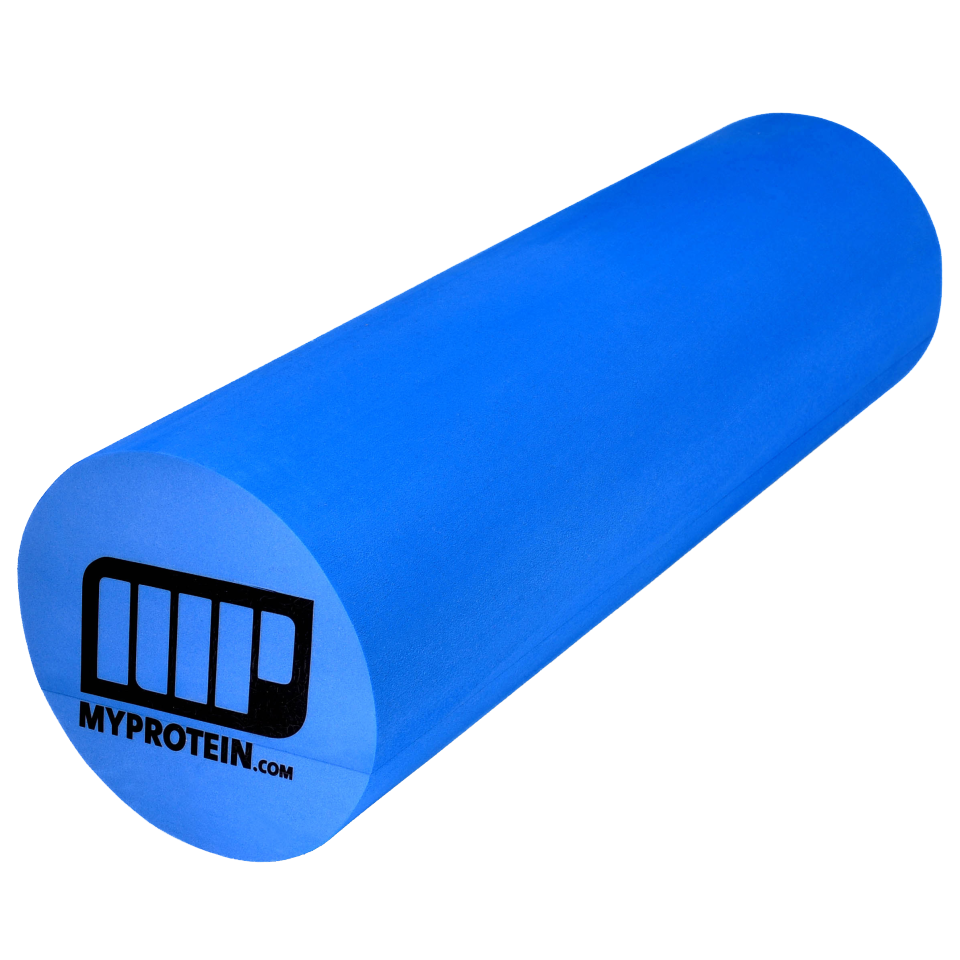Extreme Roller Coaster Fiberglass Training Download PNG

PNG Name: Extreme Roller Coaster Fiberglass Training
Category: Sports | Foam Roller
Rating: 4
Size: 812.7KB
Views: 901
Resolution: 960x960
Total Downloads: 440
Date Added: 04-03-2022
Format: PNG image with alpha transparent
License: Free for personal use only | Creative Commons (CC BY-NC 4.0)
Extreme Roller Coaster Fiberglass Training PNG Image has a transparent background. Extreme Roller Coaster Fiberglass Training PNG has resolution of 960x960 pixels and is of size 812.7KB. Extreme Roller Coaster Fiberglass Training belongs to Sports and Foam Roller PNG Categories.
Foam roller exercises have become increasingly popular amongst athletes, fitness enthusiasts, and those who want to keep their bodies in top condition. By using a foam roller, you can self-massage your muscles, increase blood flow, and speed up your body's recovery process after a workout. However, without proper guidance, foam rolling may not be as effective as you'd hope. To help you out, we've compiled a collection of Foam Roller PNG images, complete with brief descriptions of each exercise.
1. IT Band Roll
The IT band is a band of tissue that runs from your hip to your knee. It can become tight, causing discomfort and pain. To roll out your IT band, start on your hip and slowly roll down to your knee. Repeat.
2. Glute Roll
The glutes are a group of muscles that are important for maintaining proper posture and stability. To roll out the glutes, start by sitting on the foam roller with one foot on the opposite knee. Then, roll over the side of your glute, applying pressure as needed.
3. Hamstring Roll
The hamstrings are a group of muscles that run along the back of the thigh. Rolling out your hamstrings can reduce tightness and help with flexibility. To roll out your hamstrings, sit on the foam roller and place one leg over the other. Then, roll up and down the back of your thigh.
4. Quad Roll
The quads are a group of muscles on the front of the thigh that are used in almost every movement. To roll out your quads, start by lying face down with the foam roller under your thighs. Then, roll from your hip to your knee.
5. Calf Roll
The calf muscles are located on the back of your lower legs and can become tight after exercise. To roll out your calves, sit with the foam roller under your calves. Then, roll up and down along the back of your lower legs.
Overall, by incorporating these foam roller exercises into your routine, you can improve your body's flexibility, range of motion, and reduce muscle tightness. Use the Foam Roller PNG images as a guide and remember to always listen to your body's needs. Happy rolling!
1. IT Band Roll
The IT band is a band of tissue that runs from your hip to your knee. It can become tight, causing discomfort and pain. To roll out your IT band, start on your hip and slowly roll down to your knee. Repeat.
2. Glute Roll
The glutes are a group of muscles that are important for maintaining proper posture and stability. To roll out the glutes, start by sitting on the foam roller with one foot on the opposite knee. Then, roll over the side of your glute, applying pressure as needed.
3. Hamstring Roll
The hamstrings are a group of muscles that run along the back of the thigh. Rolling out your hamstrings can reduce tightness and help with flexibility. To roll out your hamstrings, sit on the foam roller and place one leg over the other. Then, roll up and down the back of your thigh.
4. Quad Roll
The quads are a group of muscles on the front of the thigh that are used in almost every movement. To roll out your quads, start by lying face down with the foam roller under your thighs. Then, roll from your hip to your knee.
5. Calf Roll
The calf muscles are located on the back of your lower legs and can become tight after exercise. To roll out your calves, sit with the foam roller under your calves. Then, roll up and down along the back of your lower legs.
Overall, by incorporating these foam roller exercises into your routine, you can improve your body's flexibility, range of motion, and reduce muscle tightness. Use the Foam Roller PNG images as a guide and remember to always listen to your body's needs. Happy rolling!














